Webb finds star duo forms ‘fingerprint’ in space
Wednesday, 12 October 2022 14:00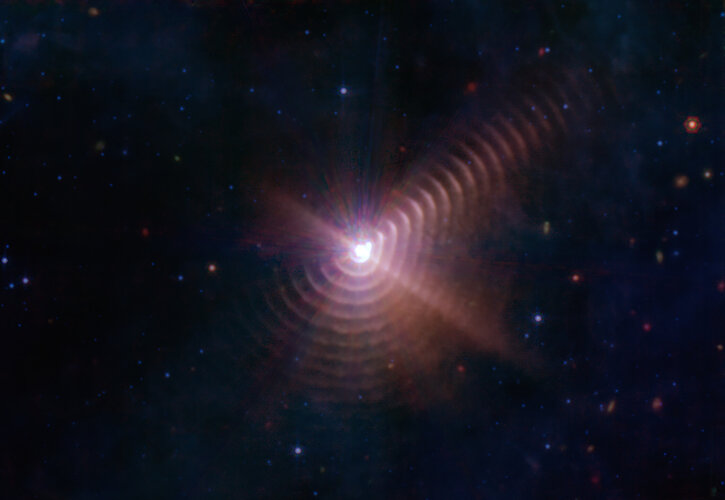 Image:
Image:
A new image from the NASA/ESA/CSA James Webb Space Telescope reveals a remarkable cosmic sight: at least 17 concentric dust rings emanating from a pair of stars. Located just over 5000 light-years from Earth, the duo is collectively known as Wolf-Rayet 140. Each ring was created when the two stars came close together and their stellar winds (streams of gas they blow into space) met, compressing the gas and forming dust. The stars’ orbits bring them together about once every eight years; like the rings of a tree’s trunk, the dust loops mark the passage of time.
In addition
Japan’s Epsilon fails after liftoff, destroying smallsat payload
Wednesday, 12 October 2022 13:08
A Japanese Epsilon small launch vehicle failed to reach orbit during an Oct. 11 launch, resulting in the loss of all eight smallsats on board.
The post Japan’s Epsilon fails after liftoff, destroying smallsat payload appeared first on SpaceNews.
World's 1st space tourist signs up for flight around moon
Wednesday, 12 October 2022 12:20
Solar Orbiter speeds towards its next rendezvous with the Sun
Wednesday, 12 October 2022 12:00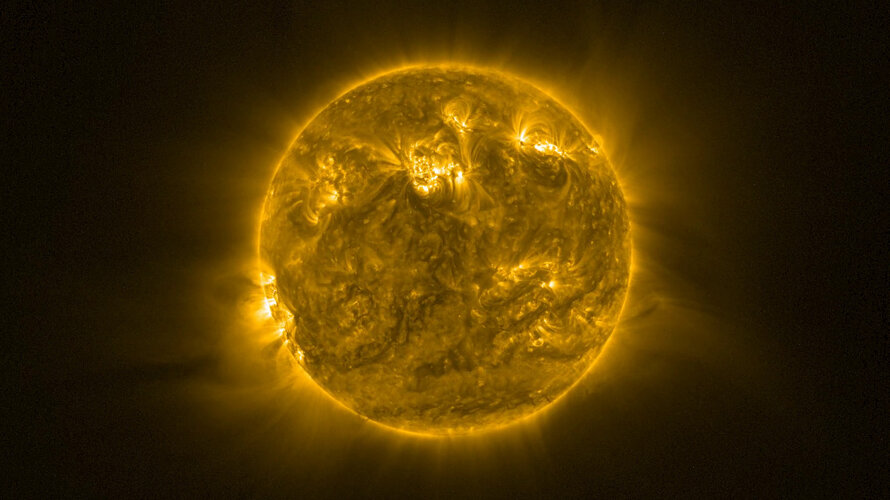 Video:
00:00:07
Video:
00:00:07
The ESA-led Solar Orbiter mission arrives at its next close approach to the Sun on 12 October 2022 at 19:12 UTC (21:12 CEST). This sequence of images shows the progress of the ESA/NASA spacecraft as it heads inwards on its voyage of discovery. The sequence begins on 20 September and finishes on 10 October.
The sequence was taken by the Extreme Ultraviolet Imager (EUI) using the Full Sun Imager (FSI) telescope, and shows the Sun at a wavelength of 17 nanometers. This wavelength is emitted by gas in the Sun’s atmosphere with a temperature of around one million
Ariane 6 assembly timelapse
Wednesday, 12 October 2022 11:00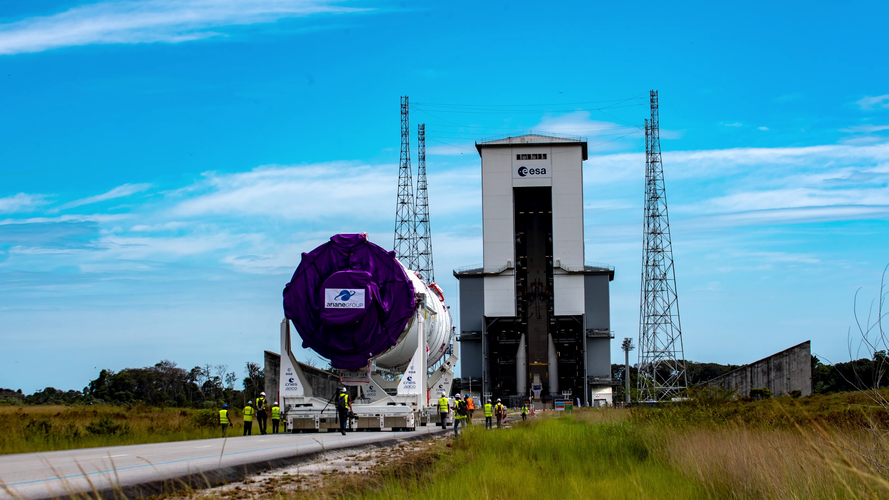 Video:
00:02:22
Video:
00:02:22
At Europe’s Spaceport in French Guiana, a test model of the Ariane 6’s central core has been assembled for the first time. Ariane 6 is the first Ariane rocket to be assembled horizontally, which is simpler and less costly than more traditional vertical assembly. One of the P120C boosters can be seen from different angles during installation, before the rocket’s central core is moved to its launchpad and placed upright in its mobile gantry. With the central core and boosters in place, combined tests validate compatibility between all components of the complete launch system.
First kinetic impact test succeeds in shifting asteroid orbit
Wednesday, 12 October 2022 10:08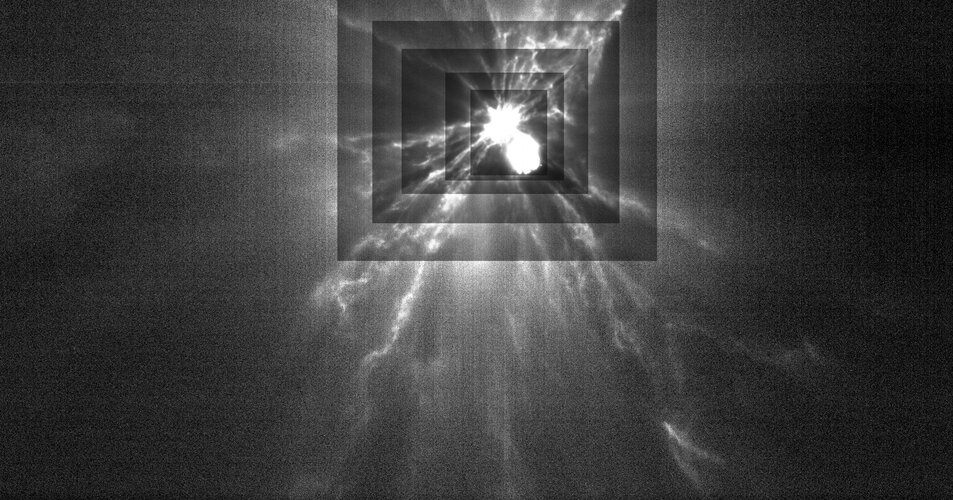
The kinetic impact of NASA’s DART spacecraft with the Dimorphos asteroid around its larger Didymos parent body has succeeded in shifting its orbit, meaning humankind’s first planetary defence test has been successful. Observations are continuing of the debris plume caused by the collision for as long as possible, as the asteroid system gradually recedes from Earth.
Mexico denies Russia space deal will aid spying
Wednesday, 12 October 2022 09:47 Mexican President Andres Manuel Lopez Obrador on Monday denied that a space cooperation agreement signed with Russia last year would help Moscow spy on North America.
The pact was inked before Russia's invasion of Ukraine and "now a scandal is being made because there's talk that Mexico is allowing Russian satellites to be used to spy on Mexican and North American airspace," Lopez Obrador to
Mexican President Andres Manuel Lopez Obrador on Monday denied that a space cooperation agreement signed with Russia last year would help Moscow spy on North America.
The pact was inked before Russia's invasion of Ukraine and "now a scandal is being made because there's talk that Mexico is allowing Russian satellites to be used to spy on Mexican and North American airspace," Lopez Obrador to Memories of Minerva – Samantha Cristoforetti returns to Earth
Wednesday, 12 October 2022 09:00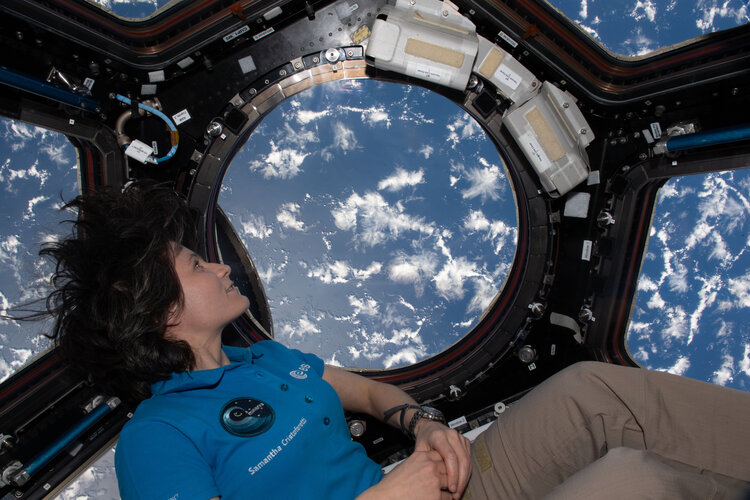
ESA astronaut Samantha Cristoforetti is returning to Earth alongside NASA astronauts Kjell Lindgren, Bob Hines and Jessica Watkins, marking the end of her second mission to the International Space Station, Minerva. Watch Crew-4's return live on ESAwebTV2 from 23:00 CEST (22:00 BST) 12 October.
Seasonal changes in Antarctic ice sheet flow dynamics detected for the first time
Wednesday, 12 October 2022 08:00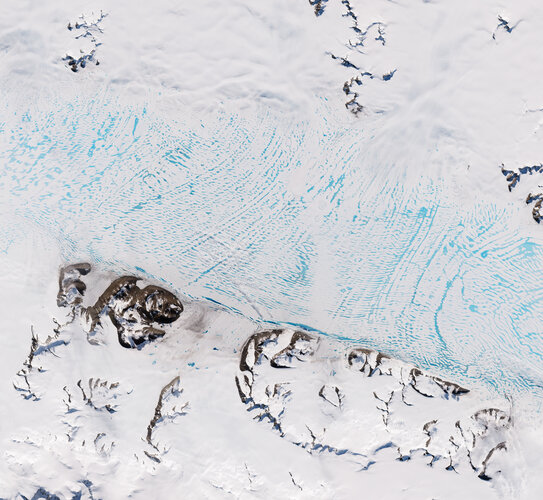
Certain estimates of Antarctica’s total contribution to sea-level rise may be over, or even underestimated, after researchers detected a previously unknown source of ice loss variability. In a new paper published in The Cryosphere, researchers using Copernicus Sentinel-1 data, found that glaciers feeding the George VI Ice Shelf speed up by approximately 15% during the Antarctic summer. This is the first time that such seasonal cycles have been detected on land ice flowing into ice shelves in Antarctica.
Navigation at Ministerial Council 2022
Wednesday, 12 October 2022 07:56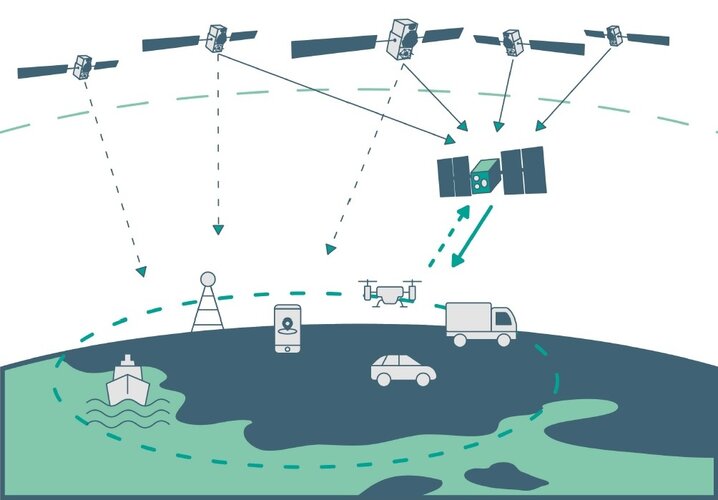
The ESA Council at Ministerial level, CM22, is a time for critical decisions. In November 2022, ESA’s Member States, Associate States and Cooperating States will come together to strengthen Europe’s space sector and ensure it continues to serve European citizens.
Japanese rocket launch fails in blow for space agency
Wednesday, 12 October 2022 06:53
The launch of a Japanese rocket taking satellites into orbit to demonstrate new technologies failed after blast-off on Wednesday because of a positioning problem, the country's space agency said.
It was Japan's first failed launch in nearly two decades, and the only one for an Epsilon rocket, a solid-fuel model that has flown five successful missions since its 2013 debut.
The unmanned craft took off from Uchinoura Space Center in the southern Kagoshima region, with its lift-off livestreamed by the Japan Aerospace Exploration Agency (JAXA).
But a self-destruct signal was sent to the rocket less than 10 minutes later because of "positioning abnormalities", said Yasuhiro Funo of JAXA, who led the project.
The livestream was halted and presenters wearing hard-hats told viewers there had been a problem with the launch.
NASA kicked asteroid off course in test to save Earth
Wednesday, 12 October 2022 03:20 NASA on Tuesday celebrated exceeding expectations during a mission to deflect a distant asteroid, in a sci-fi like test of humanity's ability to stop an incoming cosmic object from devastating life on Earth.
The fridge-sized Double Asteroid Redirection Test (DART) impactor deliberately smashed into the moonlet asteroid Dimorphos on September 26, pushing it into a smaller, faster orbit around
NASA on Tuesday celebrated exceeding expectations during a mission to deflect a distant asteroid, in a sci-fi like test of humanity's ability to stop an incoming cosmic object from devastating life on Earth.
The fridge-sized Double Asteroid Redirection Test (DART) impactor deliberately smashed into the moonlet asteroid Dimorphos on September 26, pushing it into a smaller, faster orbit around Japan space rocket ordered to self-destruct after failed launch
Wednesday, 12 October 2022 03:20 Japan's space agency said it sent a self-destruct order to its Epsilon rocket after a failed launch on Wednesday because of a problem that meant the craft could not safely fly.
The unmanned rocket, on its sixth mission, was taking satellites into orbit to demonstrate "innovative" technologies.
"The rocket can't continue a safe flight, because of the danger it would create if it falls on
Japan's space agency said it sent a self-destruct order to its Epsilon rocket after a failed launch on Wednesday because of a problem that meant the craft could not safely fly.
The unmanned rocket, on its sixth mission, was taking satellites into orbit to demonstrate "innovative" technologies.
"The rocket can't continue a safe flight, because of the danger it would create if it falls on Japan becomes first in Asia to get Starlink connection
Wednesday, 12 October 2022 03:20 Japan on Tuesday became the first country in Asia to receive Internet access from the Starlink satellite system from the SpaceX company controlled by Tesla founder Elon Musk.
Starlink is led by SpaceX, which envisions the system as part of a constellation of satellites that would deliver broadband Internet across the globe.
A service map from Starlink shows most of central and no
Japan on Tuesday became the first country in Asia to receive Internet access from the Starlink satellite system from the SpaceX company controlled by Tesla founder Elon Musk.
Starlink is led by SpaceX, which envisions the system as part of a constellation of satellites that would deliver broadband Internet across the globe.
A service map from Starlink shows most of central and no Yahsat invests in direct-to-cell enabler eSAT Global
Tuesday, 11 October 2022 21:02
Emirati fleet operator Yahsat said Oct. 11 it has invested in Californian startup eSAT Global, which is developing a chip that would enable phones to connect to its satellites in geostationary orbit.

